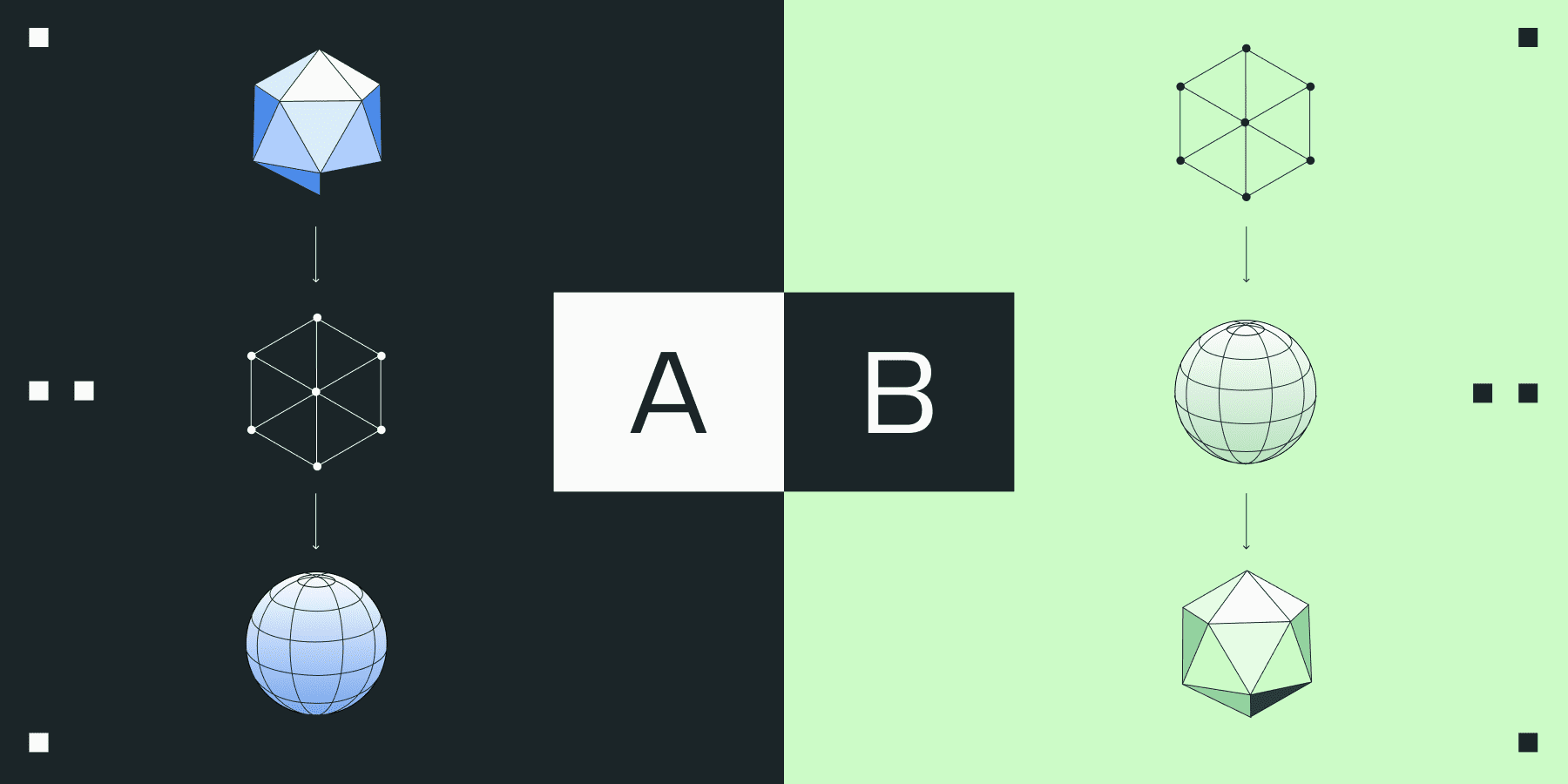
Ever found yourself knee-deep in code, only to have a pesky bug ruin your day? We've all been there. That's where automated testing comes into play—it's like having a trusty sidekick that helps catch issues before they become full-blown problems.
But with so many types of automated testing out there, it can be a bit overwhelming to figure out which ones to use and when. Let's break down the different types of automated testing to enhance your product's reliability and user experience.
Understanding the different types of automated testing
Functional testing is like checking if your app does what it's supposed to do. It focuses on how the software behaves from the outside—without worrying about what's under the hood. This kind of testing includes things like unit tests, integration tests, smoke tests, and user acceptance tests.
Unit testing is where we test the smallest parts of our code in isolation. Think of it as giving each component a personal health check. Developers usually start here to catch bugs early on and make sure each piece of the puzzle works correctly.
After unit testing, we move on to integration testing. This is where we see how those individual pieces play together. It's all about making sure that when you combine units, they interact seamlessly. Different approaches like Big Bang, Top-Down, Bottom-Up, and Sandwich can be used here.
Then there's smoke testing, sometimes called “Build Verification Testing” or “Confidence Testing”. It’s a quick check to see if the major features of the application are working. Kind of like making sure your car starts before taking a long trip—it verifies if the build is stable enough for further testing.
Lastly, we have non-functional testing, which goes beyond just checking if the software works. It looks at things like performance, reliability, usability, and more. This ensures that your app not only functions but also performs well under various conditions.
Beyond functional testing: the role of non-functional testing
Non-functional testing takes us beyond just checking if our software works. It’s all about evaluating crucial aspects like performance, reliability, and usability. For instance, performance testing looks at how fast and stable your app is under different workloads. Nobody likes a slow app, right? Identifying and removing performance bottlenecks is essential, especially for critical applications that need to perform under stress.
Then we have regression testing, which is like double-checking your work after making changes. It re-runs both functional and non-functional tests after code updates to make sure you didn't accidentally break anything that was previously working. This keeps your software's integrity intact throughout development.
Ever heard of keyword-driven testing? It’s a technique where you use data files with keywords that represent actions in your app. This approach is concise, flexible, and easy to maintain. It lets functional testers plan testing early and use various automation tools to their advantage.
Similarly, data-driven testing leverages external data to extend your automated test cases. Instead of writing new tests for every data set, you can use multiple data inputs with the same test—saving time and ensuring consistency.
At Statsig, we understand the importance of robust testing strategies. Incorporating these methods can significantly improve your product's reliability and user experience.
Limitations of automated testing and the role of exploratory testing
Even with all these automated tests in place, sometimes things slip through the cracks. Automated testing might miss critical issues related to design, usability, or those pesky edge cases. That's where manual testing comes into the picture—specifically, exploratory testing.
Exploratory testing lets testers think outside the box. Instead of following predefined scripts, they freely navigate the application, trying to uncover bugs and flaws creatively. This approach emphasizes a “let’s see what happens if I do this” mindset, which can reveal problems automated tests might overlook.
The insights gained from exploratory testing are super valuable. They can guide the creation of new automated tests by identifying gaps in your coverage. Plus, they help pinpoint root causes when fixing bugs, making future regressions less likely.
Moreover, feedback from exploratory testing can improve your entire development process. As testers find issues, their insights contribute to a more mature and robust software over time. Combining automated and exploratory testing ensures you're covering all your bases.
Implementing effective automated testing strategies
Ready to step up your automated testing game? It all starts with choosing the right testing framework. You'll want something that fits your project requirements, supports your programming language, and integrates smoothly with your CI/CD pipeline. Don't forget about cross-browser testing capabilities if you're working on web applications.
Integrating automated testing into your CI/CD pipeline is a game-changer. It means you get continuous feedback, catch bugs early, and reduce manual effort. Your software quality stays high, and your team stays happy.
Applying best practices makes all the difference. Aim for high test coverage to ensure you're not missing anything critical. Creating reusable test modules can improve maintainability and save you time in the long run.
Don't overlook the power of data-driven and keyword-driven testing approaches. Data-driven testing lets you use multiple data sets with the same tests—super handy for covering various scenarios. Keyword-driven testing abstracts the technical details, making it easier to create and maintain tests.
Lastly, always keep an eye on your testing process. Analyze your test results, look for bottlenecks, and tweak things as needed. Continuous improvement ensures your testing strategy stays efficient and effective.
Closing thoughts
Navigating the world of automated testing can seem daunting, but understanding the different types can make all the difference. By combining functional and non-functional testing, and incorporating both automated and exploratory methods, you can significantly enhance your product's reliability and user experience. Remember, the key is to find the right balance that fits your project needs.
If you want to dive deeper, check out resources like the Practical Test Pyramid or explore various automation tools that can streamline your testing process.
Hope you found this helpful!